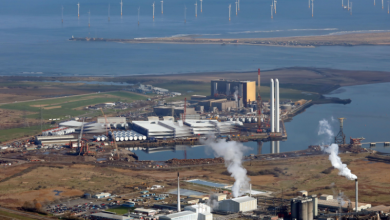What is the Future of Fast Fashion in 2030: The Modern Environmental Battle

As we approach the year 2030, the fast fashion industry faces a pivotal moment. Known for its rapid production and turnover of inexpensive clothing, fast fashion has been criticized for its environmental and social impacts. This article examines the potential futures of fast fashion and the ongoing battle for sustainability.
The Current State of Fast Fashion
Fast fashion has reshaped consumer habits, but its environmental cost is high. The industry contributes significantly to global emissions, water pollution, and waste. With increasing consumer awareness, the call for sustainable practices is becoming louder and reshaping the industry.
Scenarios for 2030
By 2030, we may see a transformed industry:
- Sustainable Transformation: A move towards eco-friendly materials and ethical labor practices.
- Technological Innovation: Advancements like digital fashion and AI could minimize waste.
- Regulatory Changes: Stricter environmental regulations could be implemented.
Environmental Impacts
Fast fashion’s environmental toll is significant:
- Resource Consumption: High water and raw material usage.
- Pollution: Toxic chemicals from dyeing processes contaminate waterways.
- Waste: A large portion of clothing ends up in landfills.
The Role of Consumers
Consumer behavior will be crucial in shaping the industry’s future. A shift towards conscious consumption and support for sustainable brands could pressure companies to adopt greener practices.
What to Expect
The future of fast fashion in 2030 will likely be a mix of these scenarios. The industry’s ability to adapt to environmental challenges while meeting consumer demands will determine its path forward. The battle for a sustainable future in fashion is not just about the clothes we wear but the legacy we leave for future generations.



